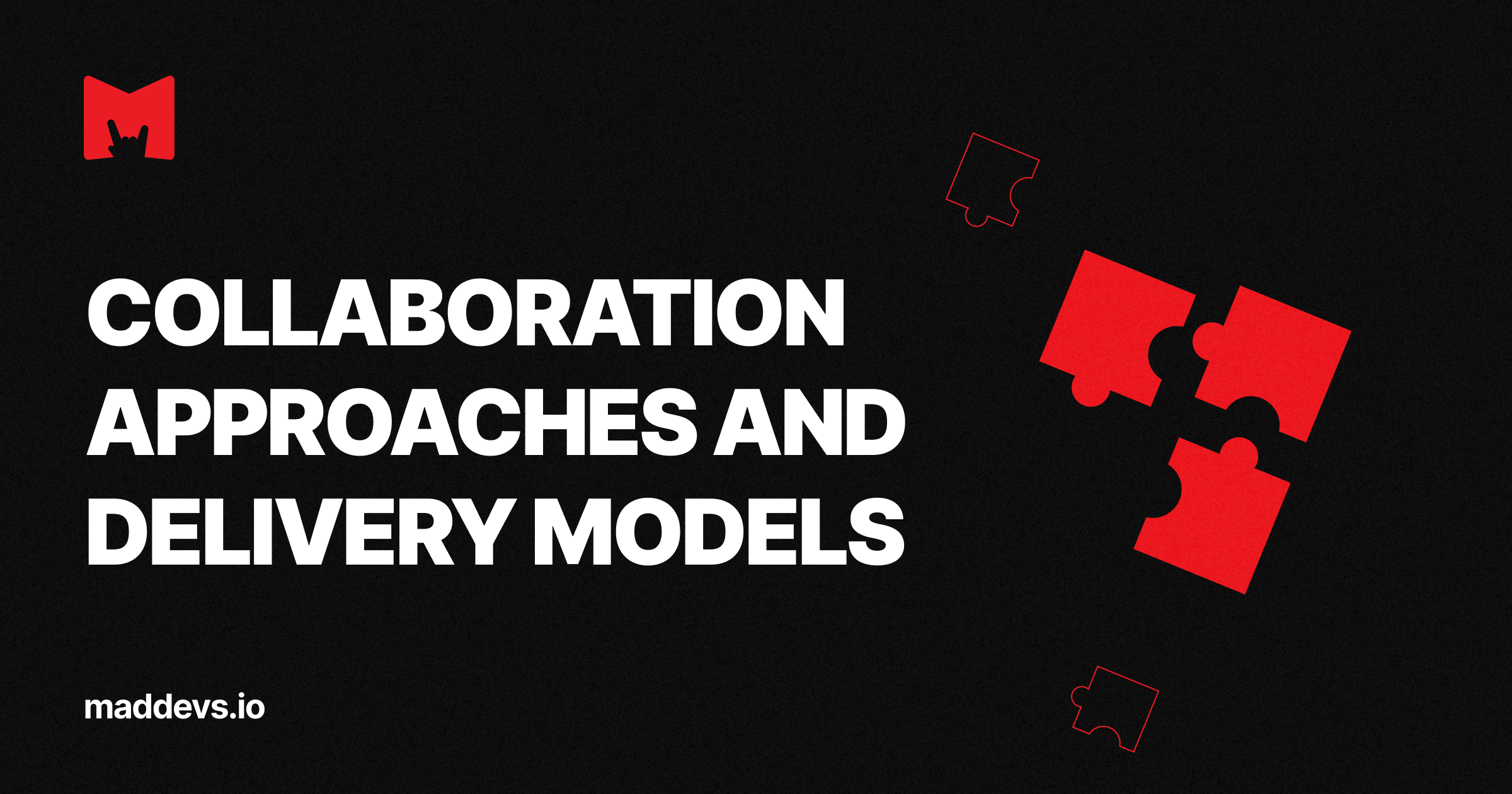Imagine a company where all departments work as a single organism. Everyone speaks the same language, uses terminology and is familiar with the implementing technologies. Employees can safely move between projects and help each other. In such a company, there is more flexibility in workflows. And teams are more closely connected and can respond quickly to crises. Sounds too perfect? But it is possible. Here's where cross-functional collaboration comes into the picture.
What is cross-functional collaboration
Cross-functional collaboration means that a company brings people from different backgrounds or departments together to achieve specific goals.
For example, you are launching new software. First of all, you need developers. But how to determine which one? Therefore, you will need a specialist or even a separate team whose task will be to designate the required stack and the necessary number of developers to implement the project. It would be great if tasks appeared by magic in task managers. But, as you know, casting outside Hogwarts doesn't work. Keep in mind that in developing an application, project managers and product managers play an essential role. They form tasks, monitor implementation, make edits, set deadlines and conduct all processes from the beginning to the end. There is also Devops, who automates building and delivering code from the developer to production. Don't forget about design, research, sales, marketing, and legal teams.
From this example, you can see that the project goes through different departments, and it takes time for each department - to accept the task, understand the project scope, fulfill duties, submit for approval, get feedback, etc. So it turns into a long heavy chain that hangs around the neck and interferes with the efficient process. In cross-functional collaborations, the opposite happens. Various professionals combine into multifunctional divisions with significant advantages.
Why cross-functional collaboration have benefits for business
Cross-functional teams benefit a lot of companies and employees. They promptly solve the problems of modern business. The classic strategy, when everyone "does his own thing", often stops working in conditions when you need to make decisions and launch a project quickly.
Here are some obvious cross-functional teams advantages:
Greater creativity
When a team consists of specialists with different skills and experience, it has a much higher chance of coming up with a non-standard solution to the task. After all, this allows you to look at the problem from different points of view.
Higher speed of work without loss of quality
Cross-functional teams can complete day-to-day work much faster since the entire team has one-time access to the project. There is no need to waste time briefing different departments of the company.
Focusing on company-wide goals
When employees are part of a cross-functional team, then competition between departments disappears. All have a common goal and work for the good of the company.
Of course, nothing just happens. For building a cross-functional team, it is essential to adhere to specific guidelines.
How to develop and manage a successful cross-functional team?
There are the following smart practices to find your engaged and productive cross-functional team:
Establish main goals
Just as the plane must have a final destination, so the company must have a clear goal. And that should be a priority for everyone. Yes, the team employees can set a secondary goal, such as achieving certain indicators, but it must be inscribed in the main one. It is important to clearly define goals and objectives with the team in a joint meeting. Before making a final decision, there must be an open discussion. And if one disagrees, then listen to comments and, after officially come to an agreement. At that moment, when there is a single vision, then well-coordinated work will begin. Periodically remind team members of your primary mission. It helps employees understand the importance of their work and make sense of where they are going and why.
At Mad Devs, we often try to apply the OKR methodology to our departments and teams. It allows us to decompose a significant global problem into small parts and regularly check the progress. Indeed, it has a positive effect on the team. At any time, we can look at our professional growth, or vice versa, identify the main difficulties that prevent from moving to a new level. We can track what tasks have been completed, whether they correspond to the company’s goal.
Build a diverse team with the right members
It is essential to be able to prioritize when hiring people for a cross-functional team. Yes, it often happens that the project sets the rules. And you may need employees with specific relevant skills. But the advantage of a cross-functional team is that employees with different backgrounds and skill sets can exchange knowledge, adjust and guide each other right in the production process.
Sometimes a team player will give more benefits than one genius lone wolf. Imagine you are assembling a puzzle. Your goal is to build a perfect and complete picture from many parts of different colors and shapes.
Encourage transparency in communications
Cross-functional team communication must be open and accessible. Everyone should be informed of the project status and what his responsibility is at that moment. Open dialogue – is everything. Any team member can ask for help. Meetings should also happen regularly and be seen as a valuable use of everyone’s time. All the contact information should be accessible with one click.
We at Mad Devs strongly support this policy. That is why we use common channels for communication in Slack and do not welcome communication in private messages. Each of us can quickly go to each other's tasks and see the whole process of execution. We are not shy about mentioning problems or mistakes, as well as successes. It applies not only to employees but also to our clients who get open access. And it facilitates all work processes and helps everyone be in the context of the current state of affairs.
Implement common communication tools
Find an everyday digital workplace that unites many types of work onto a single platform. It is advantageous to have conversations, manage projects and automate workflows in the same place. Recommended tools are:
- Slack – for organizing quick communications among team members.
- Google Workspace – for sharing docs, presentations, sheets.
- JIRA – for monitoring a workflow, to set tasks and subtasks, due dates and comment on all stages of a project.
- Zoom/Google Meet – for voice calls or video chats to discuss projects, work problems or meet with clients.
- Github/Gitlab – for building software, hosting and reviewing code and managing projects.
And the best part is that with the help of these services, you can conveniently set up your workspace and synchronize their accounts. For example, messages to tasks in Slack create responses in JIRA and responses from JIRA post back in Slack. The same is in GitHub, and you can set up two-way sync with Slack conversations.
Mad Devs successfully uses this kind of service integration. Once you have tried it in practice, you cannot go back. Little setting greatly facilitates communication within the company.
Thus, having the proper understanding of the relations within the team and using the right tools, you can establish cross-functional collaboration in your company.
The bottom line
As they say, two heads are better than one. Cross-functional collaboration is a challenging task for any organization. But its advantages, such as flexibility of work process, the cohesion of employees and the possibility of non-standard problem solving, are worth their effort. After all, it is much safer and more productive to set off on a journey, driving a car, when you know everything about every detail in it and sure that they work well with each other than have a vehicle with a perfectly working engine but flat tires. Right?














